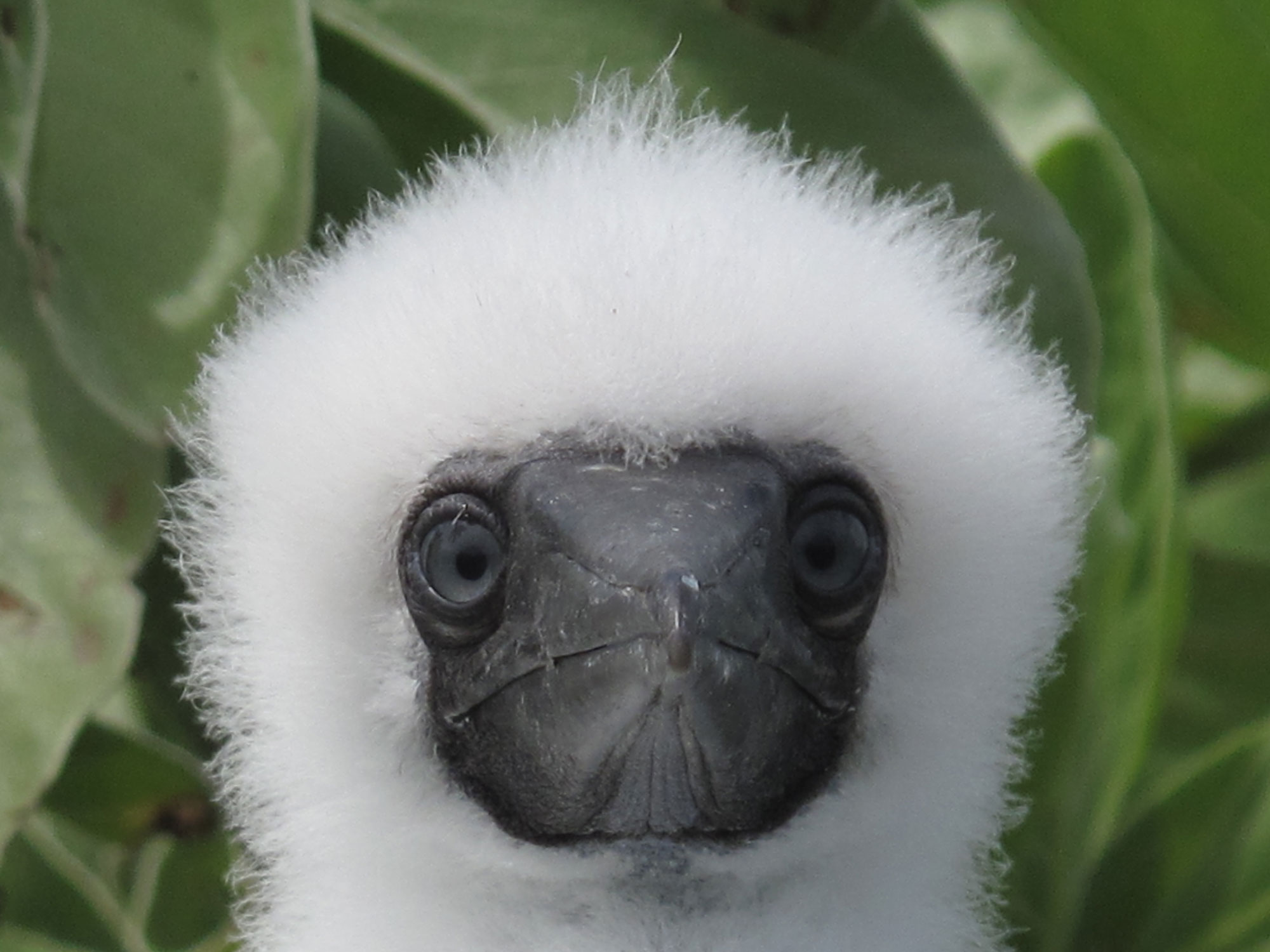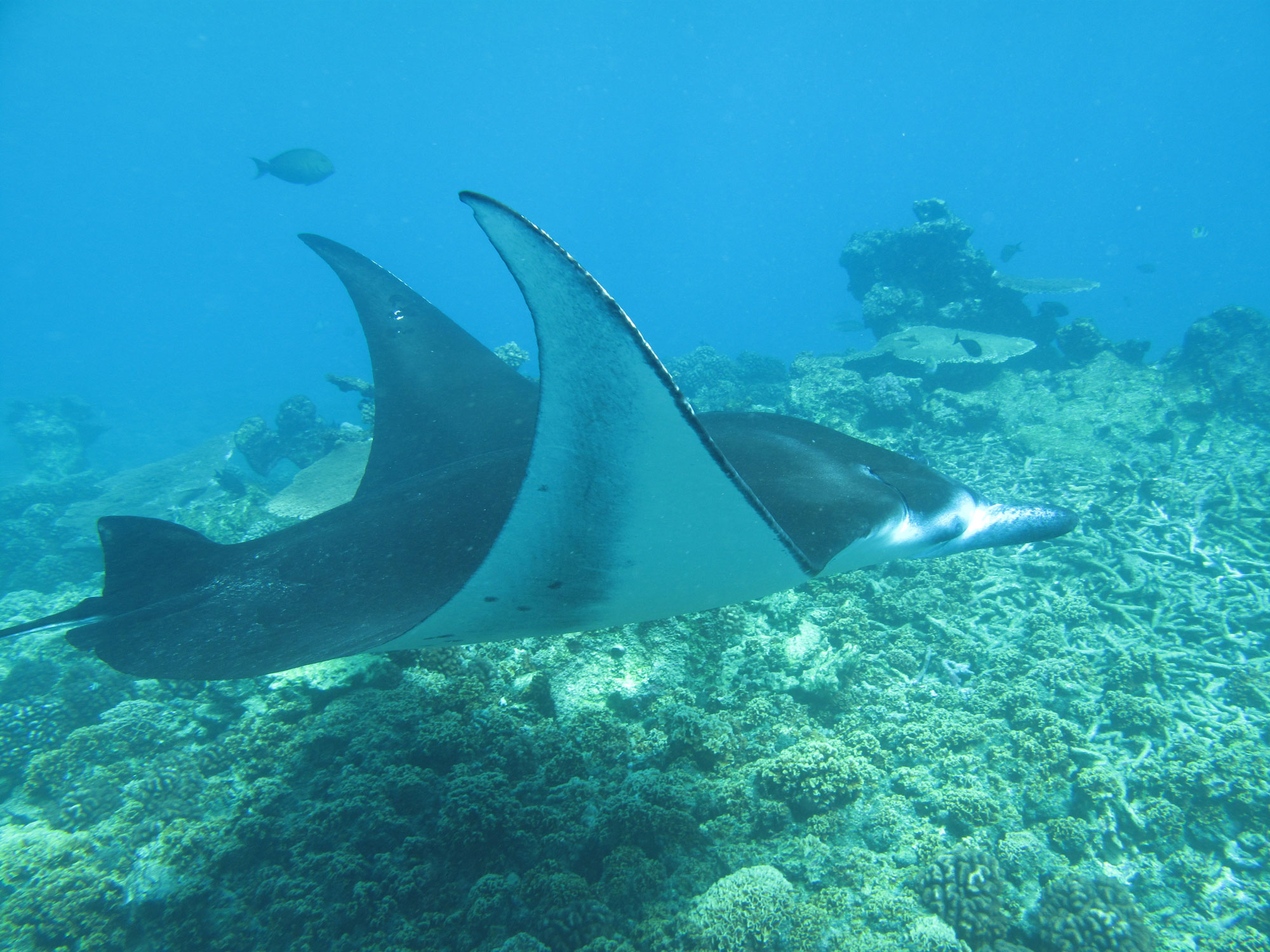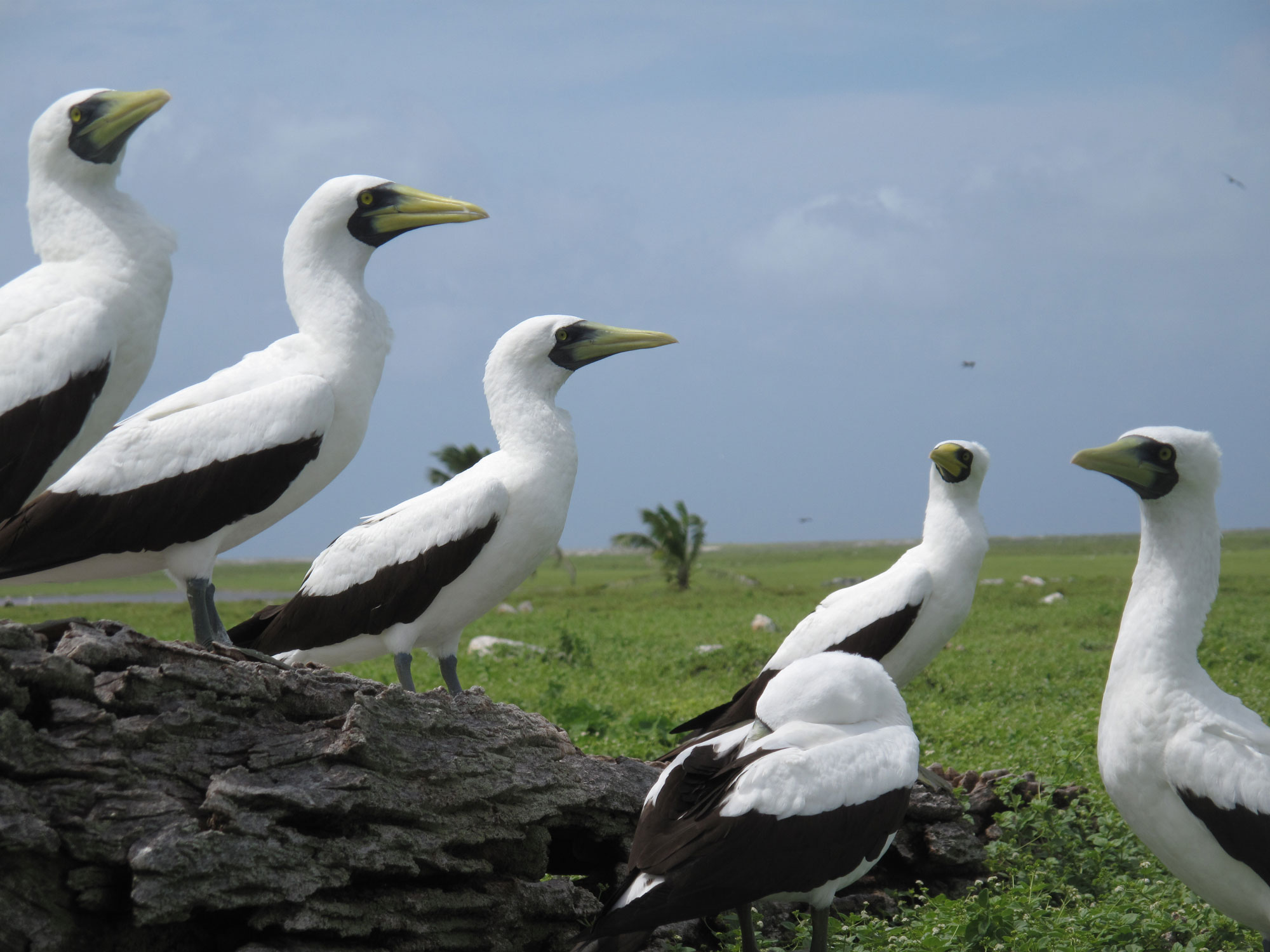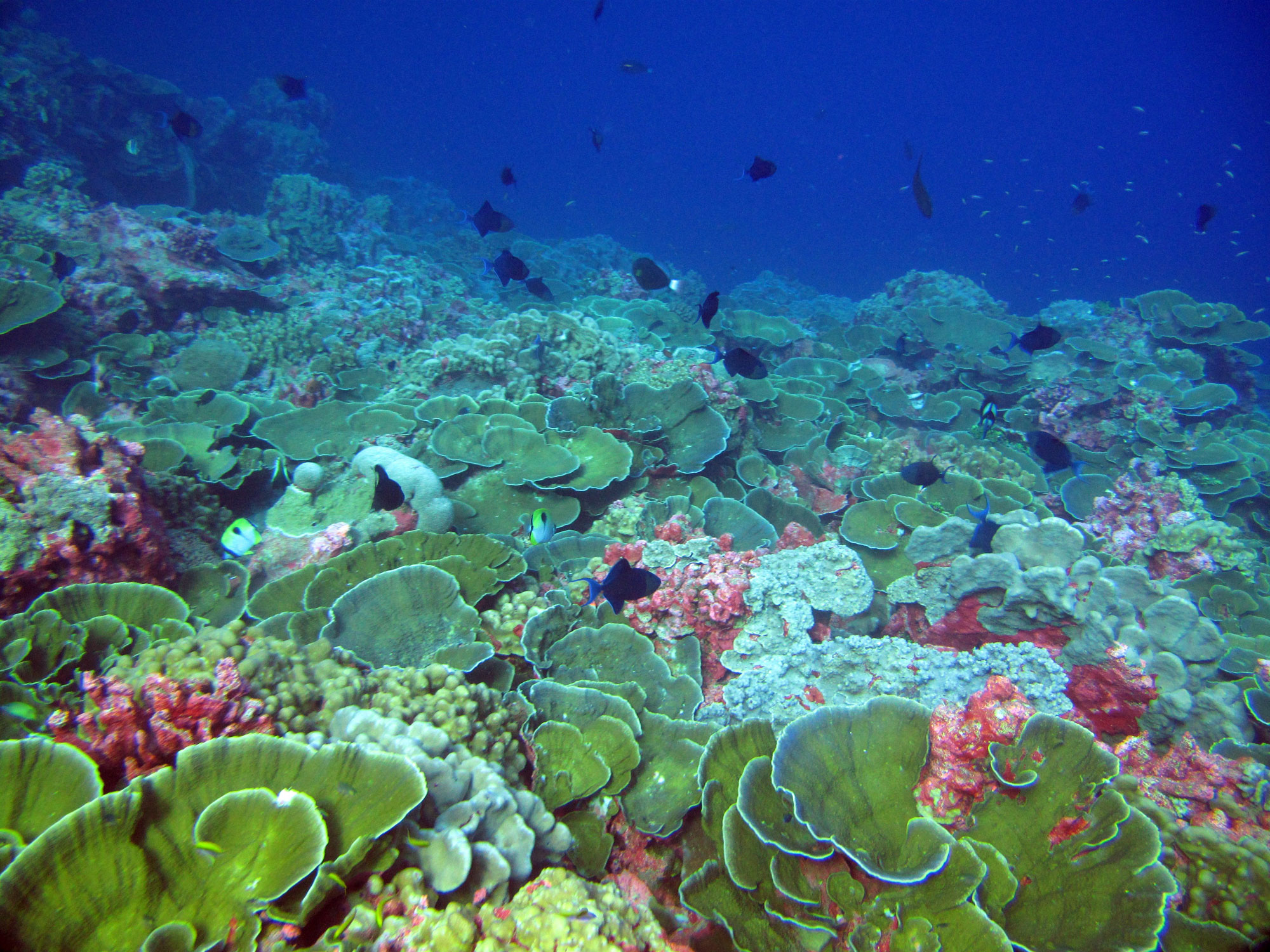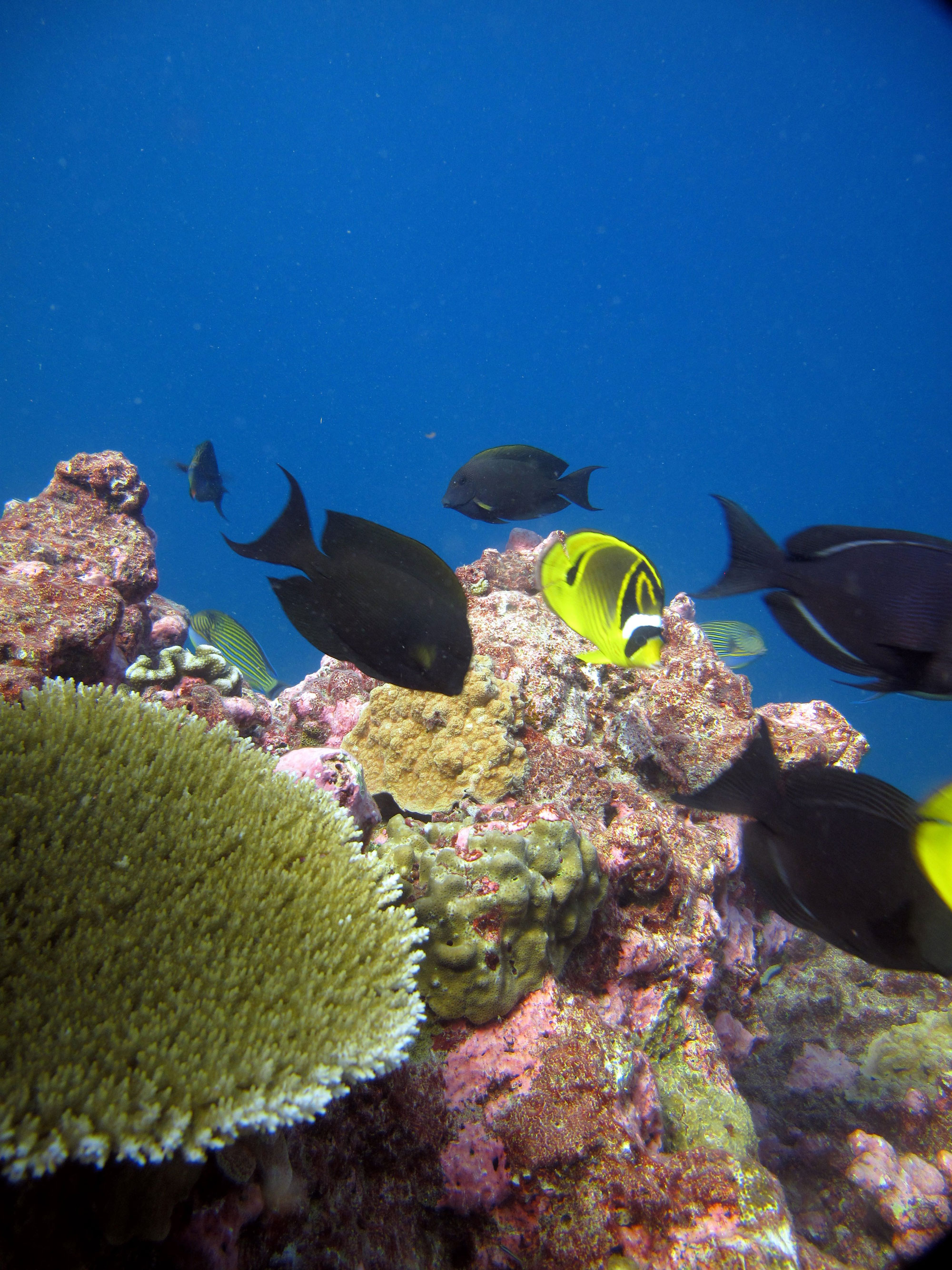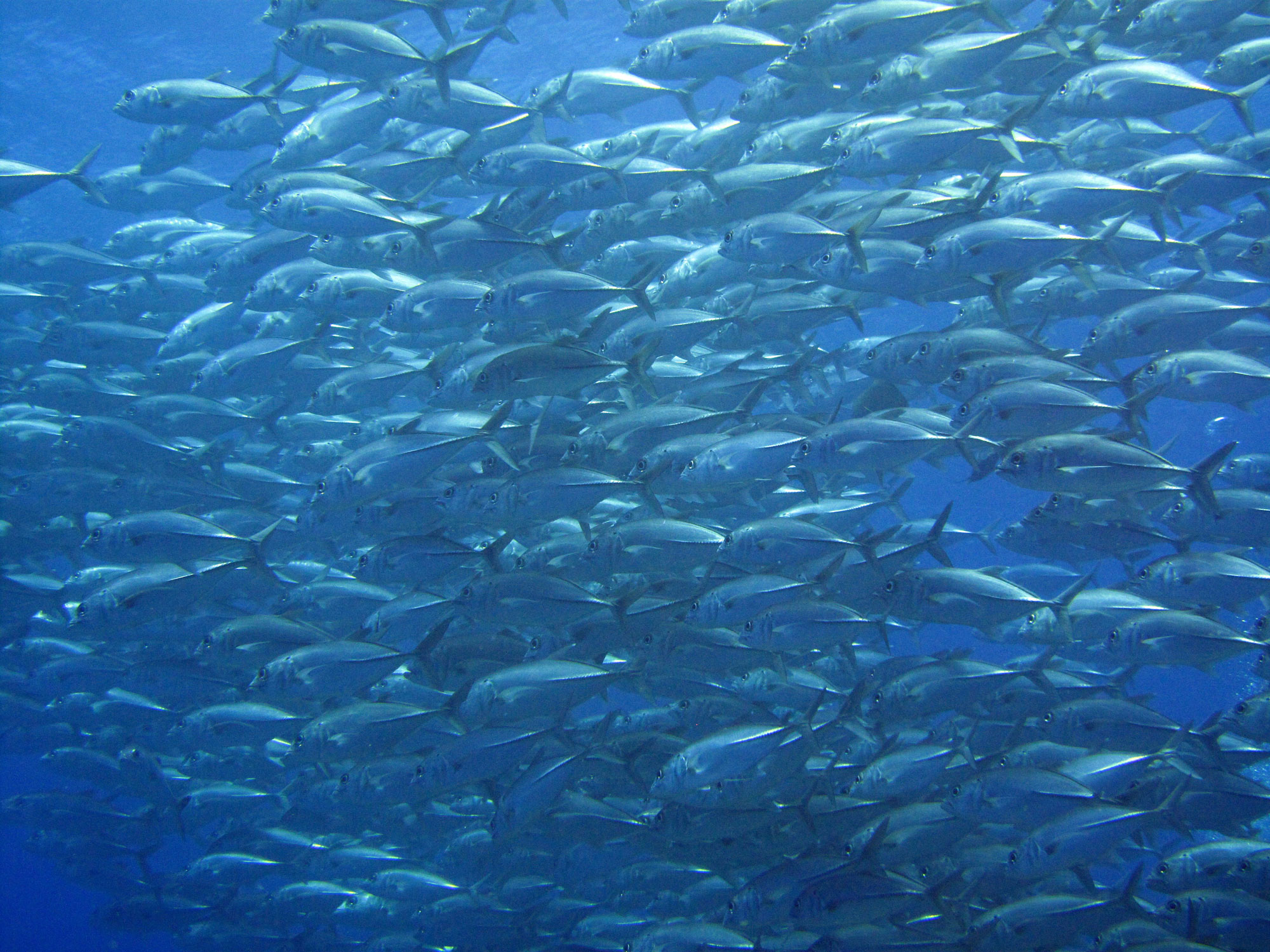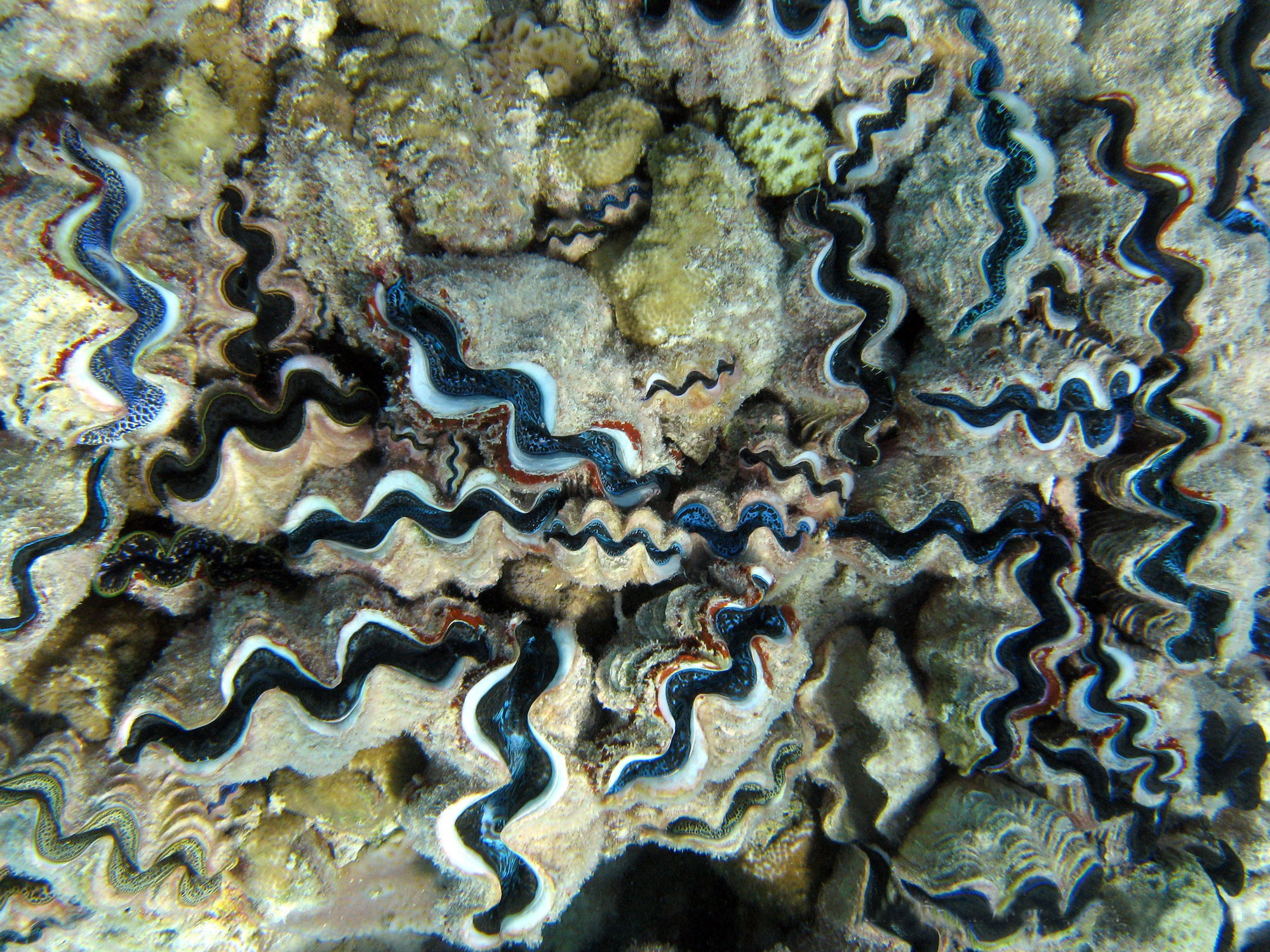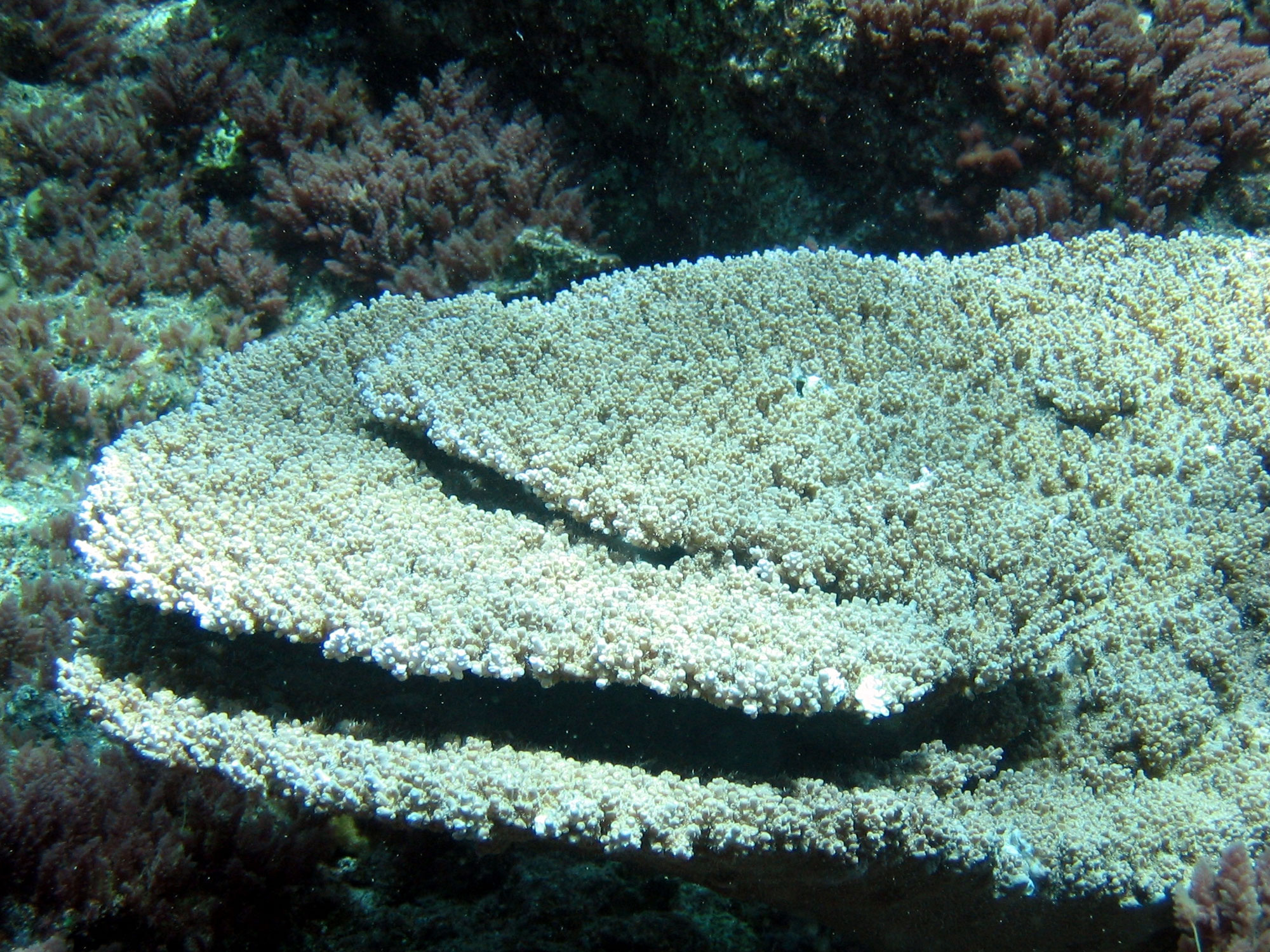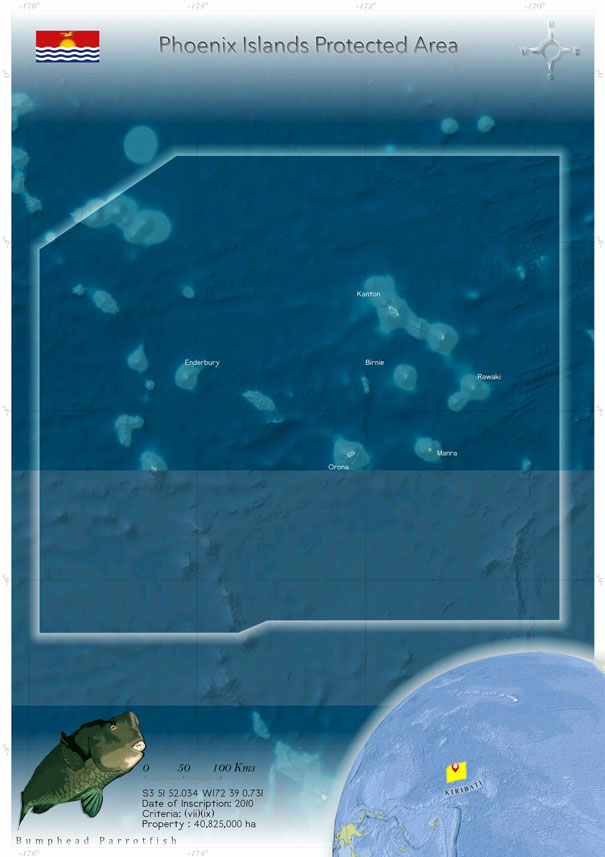
Phoenix Islands Protected Area (1325)
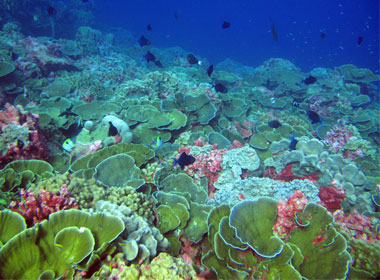 The Phoenix Island Protected Area (PIPA) was inscribed as a World Heritage Site in 2010 under the "Natural" category. It has 408,250 km2 of marine and terrestrial habitats in the Southern Pacific Ocean. The property encompasses the Phoenix Island Group, one of three island groups in Kiribati. PIPA conserves one of the world's largest intact oceanic coral archipelago ecosystems, together with 14 known underwater sea mounts (presumed to be extinct volcanoes) and other deep-sea habitats. The area contains approximately 800 known animal species, including about 200 coral species, 500 fish species, 18 marine mammals and 44 bird species. Current threats to the property include fishing, invasive non-native/alien species, ocean acidification/climate change/temperature extremes and a lack of financial resources. The management system of this site is mostly effective, and the site is getting conservation benefits, being one of the most remote islands in the Pacific.
The Phoenix Island Protected Area (PIPA) was inscribed as a World Heritage Site in 2010 under the "Natural" category. It has 408,250 km2 of marine and terrestrial habitats in the Southern Pacific Ocean. The property encompasses the Phoenix Island Group, one of three island groups in Kiribati. PIPA conserves one of the world's largest intact oceanic coral archipelago ecosystems, together with 14 known underwater sea mounts (presumed to be extinct volcanoes) and other deep-sea habitats. The area contains approximately 800 known animal species, including about 200 coral species, 500 fish species, 18 marine mammals and 44 bird species. Current threats to the property include fishing, invasive non-native/alien species, ocean acidification/climate change/temperature extremes and a lack of financial resources. The management system of this site is mostly effective, and the site is getting conservation benefits, being one of the most remote islands in the Pacific.
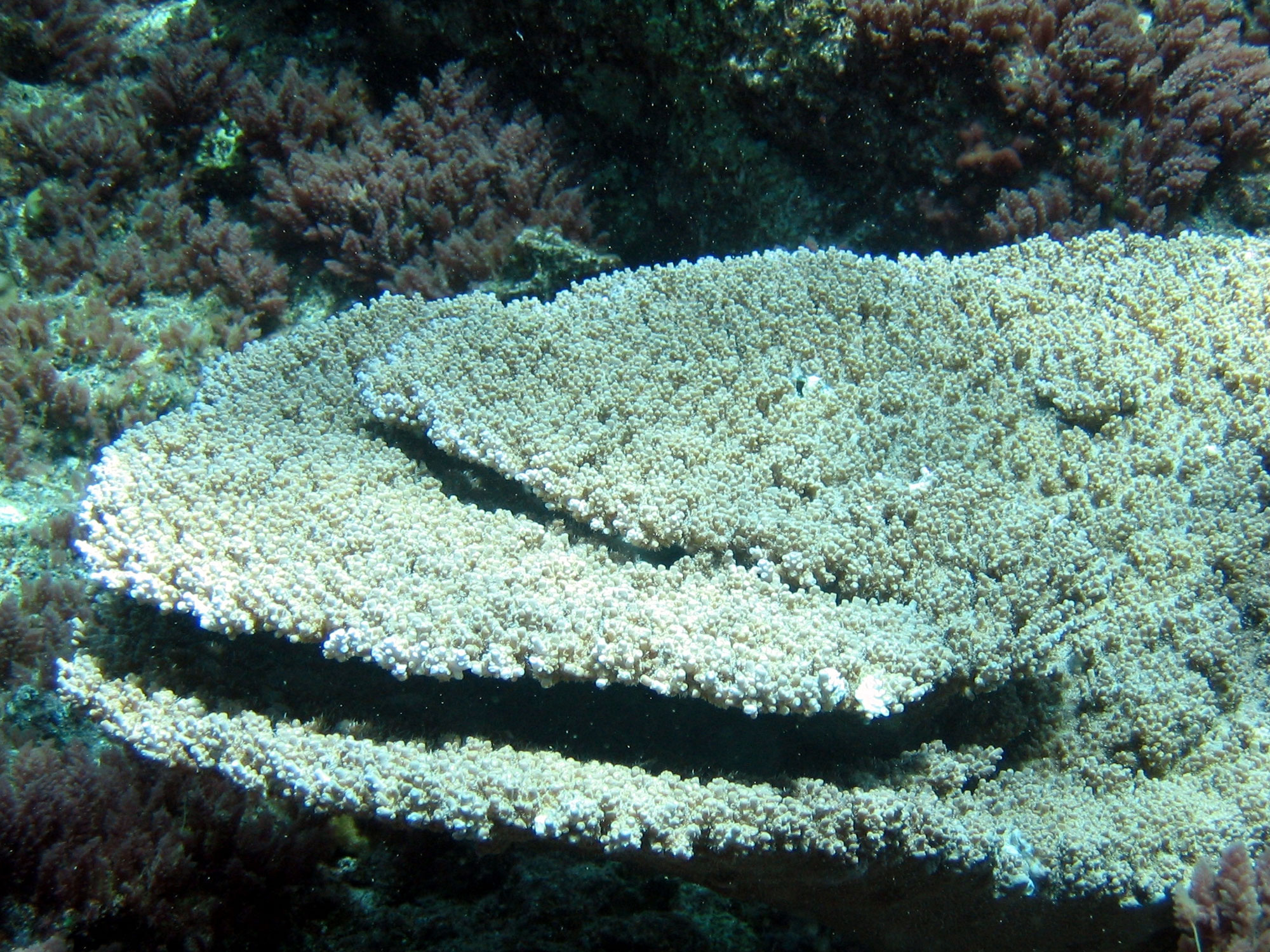 Phoenix Islands Protected Area (PIPA), located at (3° 51' 52.034" S; 172° 39' 0.731" W), is an expanse of a largely pristine mid-ocean environment (408,250 km2). It is truly an oceanic wilderness. Due to its great isolation, Phoenix Islands Protected Area occupies a unique position in the biogeography of the Pacific as a critical stepping stone habitat for migratory and pelagic/planktonic species and for ocean currents in the region. The temperature ranges between 26°C and 32°C round the year, with the water temperature remaining a comfortable year-round 28°C or 29°C (Weather online 2017). The rainfall in Kiribati is affected by the movement of the South Pacific Convergence Zone and the Intertropical Convergence Zone. PIPA is an outstanding collection of large submerged volcanoes, having an extensive deep-sea floor with an average depth of more than 4500 m and a maximum depth of over 6000 m. Explorations by the NOAA ship Okeanos Explorer and R/V Falkor in 2017 were among the first to document the diversity and distribution of deep-water benthic megafauna on numerous seamounts, islands, shallow coral reef banks and atolls in the region (Obura et al. 2016). Remotely operated vehicle (ROV) transects were surveyed in 17 features throughout the Phoenix Islands and Tokelau Ridge Seamounts, and 12,828 deep-water corals and 167 identifiable morphospecies were observed.
Another study focused on the zooplankton variability in the Central Equatorial Pacific, specifically the Phoenix Islands Protected Area. A 4-year data set (2014, 2015, 2016, 2017] was constructed from surface and sub-surface net tows and shipboard sea-surface observations on yearly cruises through PIPA undertaken by the Sea Educational Association (SEA). Inter-year variability was nevertheless expected because PIPA's location exposes it to ENSO-related variabilities of the sea-surface temperature, thermocline patterns and nutrient content, all of which may impact the phytoplankton and zooplankton communities. Significant numbers of copepods, pteropods, heteropods, mysiids, salps and doliolids, siphonophores and euphasiids were observed. Ostracods were abundant most years but were scarce during the 2015 cruise. The final year (2017) saw a significant number of Janthina, whereas few to none had been observed in prior years (McCarthy et al. 2018).
Phoenix Islands Protected Area (PIPA), located at (3° 51' 52.034" S; 172° 39' 0.731" W), is an expanse of a largely pristine mid-ocean environment (408,250 km2). It is truly an oceanic wilderness. Due to its great isolation, Phoenix Islands Protected Area occupies a unique position in the biogeography of the Pacific as a critical stepping stone habitat for migratory and pelagic/planktonic species and for ocean currents in the region. The temperature ranges between 26°C and 32°C round the year, with the water temperature remaining a comfortable year-round 28°C or 29°C (Weather online 2017). The rainfall in Kiribati is affected by the movement of the South Pacific Convergence Zone and the Intertropical Convergence Zone. PIPA is an outstanding collection of large submerged volcanoes, having an extensive deep-sea floor with an average depth of more than 4500 m and a maximum depth of over 6000 m. Explorations by the NOAA ship Okeanos Explorer and R/V Falkor in 2017 were among the first to document the diversity and distribution of deep-water benthic megafauna on numerous seamounts, islands, shallow coral reef banks and atolls in the region (Obura et al. 2016). Remotely operated vehicle (ROV) transects were surveyed in 17 features throughout the Phoenix Islands and Tokelau Ridge Seamounts, and 12,828 deep-water corals and 167 identifiable morphospecies were observed.
Another study focused on the zooplankton variability in the Central Equatorial Pacific, specifically the Phoenix Islands Protected Area. A 4-year data set (2014, 2015, 2016, 2017] was constructed from surface and sub-surface net tows and shipboard sea-surface observations on yearly cruises through PIPA undertaken by the Sea Educational Association (SEA). Inter-year variability was nevertheless expected because PIPA's location exposes it to ENSO-related variabilities of the sea-surface temperature, thermocline patterns and nutrient content, all of which may impact the phytoplankton and zooplankton communities. Significant numbers of copepods, pteropods, heteropods, mysiids, salps and doliolids, siphonophores and euphasiids were observed. Ostracods were abundant most years but were scarce during the 2015 cruise. The final year (2017) saw a significant number of Janthina, whereas few to none had been observed in prior years (McCarthy et al. 2018).
Criterion (vii)
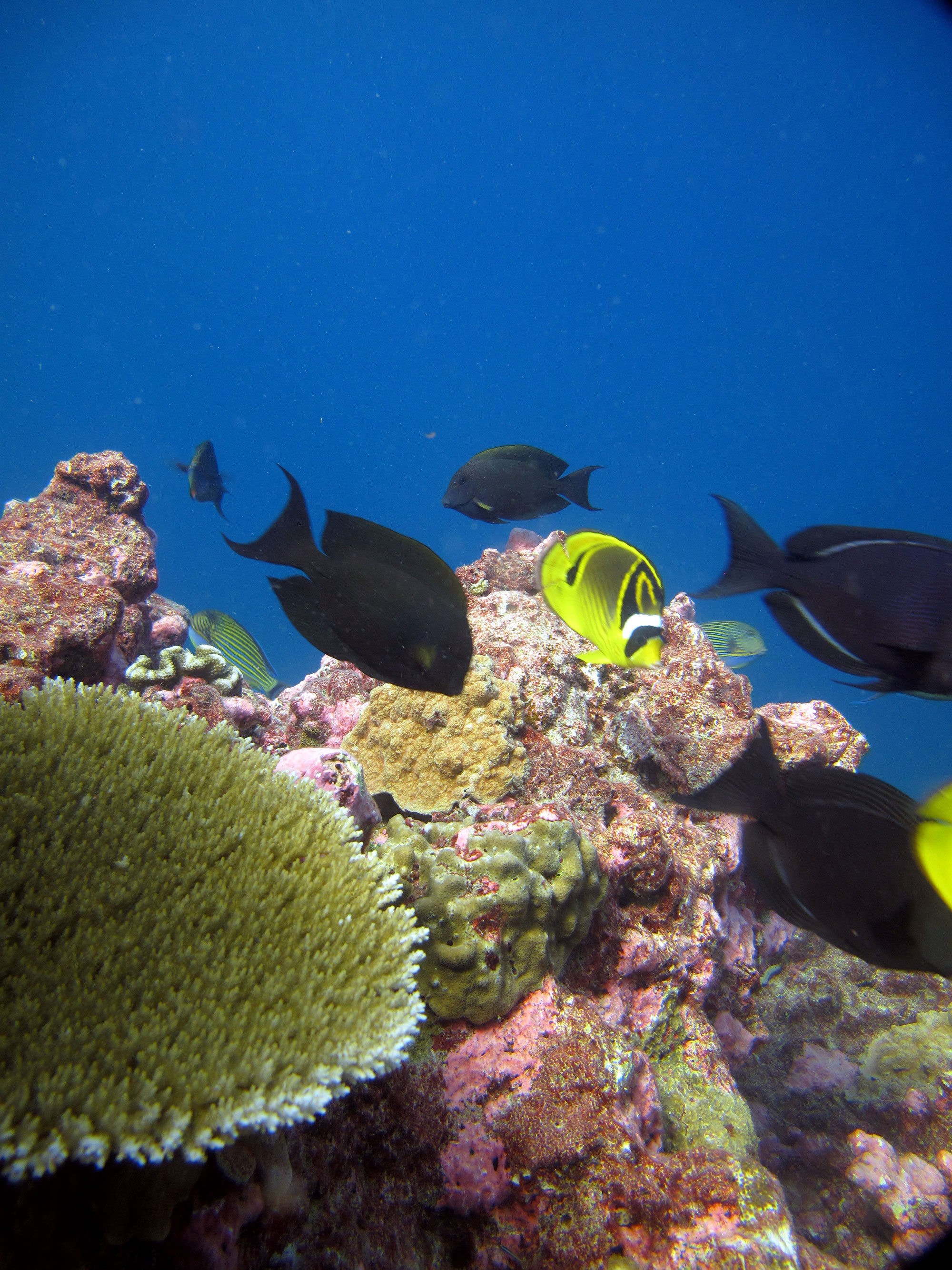 Phoenix Islands Protected Area, an oceanic wilderness, is sufficiently remote and inhospitable to human colonisation as to be exceptional in terms of the minimal evidence of the impacts of human activities both on the atolls and in the adjacent seas. The Phoenix Islands Protected Area is a very large protected area, a vast wilderness domain where nature prevails and man is but an occasional visitor. The property is distinguished by containing a large suite of seamounts complete with a broad expanse of contextual abyssal plain with a natural phenomenon of global significance. The essentially pristine environment, outstanding underwater clarity, the spectacle of large groups of charismatic aquatic animals (e.g. bumphead parrotfish, Napolean wrasse, surgeonfishes, parrotfishes, groupers, maori wrasse, sharks, turtles, dolphins, manta rays, giant clams) in quantities rarely found elsewhere in the world, aesthetically outstanding coral reef features (e.g. giant clams, large coral heads) together with the spectacle of huge concentrations of seabirds on remote atolls, makes of this property a truly kaleidoscopic natural "oceanscape" exhibiting exceptional natural beauty of global significance.
Phoenix Islands Protected Area, an oceanic wilderness, is sufficiently remote and inhospitable to human colonisation as to be exceptional in terms of the minimal evidence of the impacts of human activities both on the atolls and in the adjacent seas. The Phoenix Islands Protected Area is a very large protected area, a vast wilderness domain where nature prevails and man is but an occasional visitor. The property is distinguished by containing a large suite of seamounts complete with a broad expanse of contextual abyssal plain with a natural phenomenon of global significance. The essentially pristine environment, outstanding underwater clarity, the spectacle of large groups of charismatic aquatic animals (e.g. bumphead parrotfish, Napolean wrasse, surgeonfishes, parrotfishes, groupers, maori wrasse, sharks, turtles, dolphins, manta rays, giant clams) in quantities rarely found elsewhere in the world, aesthetically outstanding coral reef features (e.g. giant clams, large coral heads) together with the spectacle of huge concentrations of seabirds on remote atolls, makes of this property a truly kaleidoscopic natural "oceanscape" exhibiting exceptional natural beauty of global significance.
Criterion (ix)
With its rich biota, as a known breeding site for numerous nomadic, migratory and pelagic marine and terrestrial species, and the known and predicted high level of biodiversity and endemicity associated with these isolated mid-ocean atolls, submerged reefs and seamounts, Phoenix Islands Protected Area makes an outstanding contribution to ongoing ecological and biological processes in the evolution and development of global marine ecosystems and communities of plants and animals. Phoenix Islands Protected Area has exceptional value as a natural laboratory for the study and understanding of the significant ongoing ecological and biological processes in the evolution and development of marine ecosystems of the Pacific, the world's largest ocean, indeed all oceans. This property is of crucial scientific importance in identifying and monitoring the processes of sea level change, growth rates and age of reefs and reef builders, (both geologically and historically) and in evaluating effects from climate change.
Status
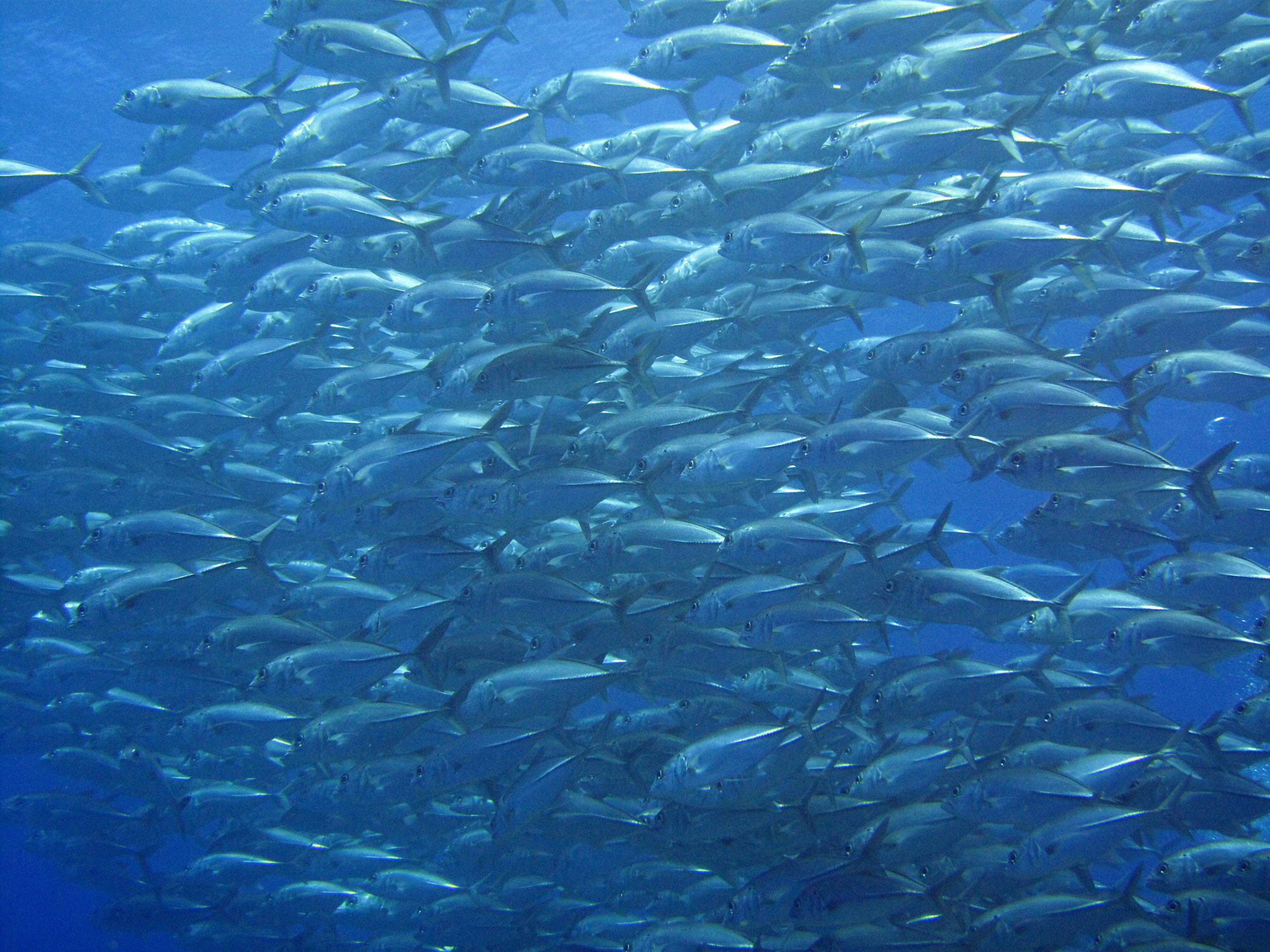 A thermal stress that started in 2002 and peaked at 210C heating weeks resulted in near-100% mortality of corals in Kanton Lagoon. However, an expedition in 2015 also documented a 52.8% recovery of hard corals in the lagoon. Despite temperatures reaching as high as 30.5°C there was almost no bleaching of Acropora stands within the lagoon, suggesting that recovering species are more resistant to thermal stress. (Mangubhai et al. 2019a). The Phoenix Islands Protected Area is in a naturally iron-poor region in the equatorial central Pacific. The introduction of iron to this environment from shipwrecks is linked to the proliferation of turf algae and cyanobacterial mats and the formation of degraded "black reefs" (Mangubhai et al. 2019b).
The Phoenix Islands are considerably drier than many other equatorial locations, including the westerly Gilbert Island chain (Obura 2016). The recent central Pacific El Niño events led to periods of abnormally high SSTs that impose a heat stress on the PIPA coral reefs and may cause coral bleaching, as observed during 2002–03, 2010 and 2015. After the coral bleaching, the total coral cover decreased substantially, and the combined abundance of all fish families also decreased (Mangubhai 2014). The State of Conservation (SoC) reports mention that the factors affecting the property in 2015 were financial resources and fishing/collection of aquatic resources. The Kiribati Cabinet adopted a decision to close the entire area of the Phoenix Islands Protected Area (PIPA) to all commercial fishing. The Ministry of Fisheries and Marine Resources Development (MFMRD) has been charged with the task of informing all distant water fishing companies about the closure and ensuring compliance. A new management plan has also been prepared for the property for the period 2015–2020.
The evaluation of the IUCN World Heritage Outlook on heritage sites reveals that this extremely large World Heritage Site remains mostly intact. The increasing use of drifting fish aggregating devices is an important threat. High threats are also posed by invasive non-native/alien species, ocean acidification/climate change/temperature extremes. Overall, the protection and management are assessed as mostly effective, and the site is "good with some concerns".
A thermal stress that started in 2002 and peaked at 210C heating weeks resulted in near-100% mortality of corals in Kanton Lagoon. However, an expedition in 2015 also documented a 52.8% recovery of hard corals in the lagoon. Despite temperatures reaching as high as 30.5°C there was almost no bleaching of Acropora stands within the lagoon, suggesting that recovering species are more resistant to thermal stress. (Mangubhai et al. 2019a). The Phoenix Islands Protected Area is in a naturally iron-poor region in the equatorial central Pacific. The introduction of iron to this environment from shipwrecks is linked to the proliferation of turf algae and cyanobacterial mats and the formation of degraded "black reefs" (Mangubhai et al. 2019b).
The Phoenix Islands are considerably drier than many other equatorial locations, including the westerly Gilbert Island chain (Obura 2016). The recent central Pacific El Niño events led to periods of abnormally high SSTs that impose a heat stress on the PIPA coral reefs and may cause coral bleaching, as observed during 2002–03, 2010 and 2015. After the coral bleaching, the total coral cover decreased substantially, and the combined abundance of all fish families also decreased (Mangubhai 2014). The State of Conservation (SoC) reports mention that the factors affecting the property in 2015 were financial resources and fishing/collection of aquatic resources. The Kiribati Cabinet adopted a decision to close the entire area of the Phoenix Islands Protected Area (PIPA) to all commercial fishing. The Ministry of Fisheries and Marine Resources Development (MFMRD) has been charged with the task of informing all distant water fishing companies about the closure and ensuring compliance. A new management plan has also been prepared for the property for the period 2015–2020.
The evaluation of the IUCN World Heritage Outlook on heritage sites reveals that this extremely large World Heritage Site remains mostly intact. The increasing use of drifting fish aggregating devices is an important threat. High threats are also posed by invasive non-native/alien species, ocean acidification/climate change/temperature extremes. Overall, the protection and management are assessed as mostly effective, and the site is "good with some concerns".
